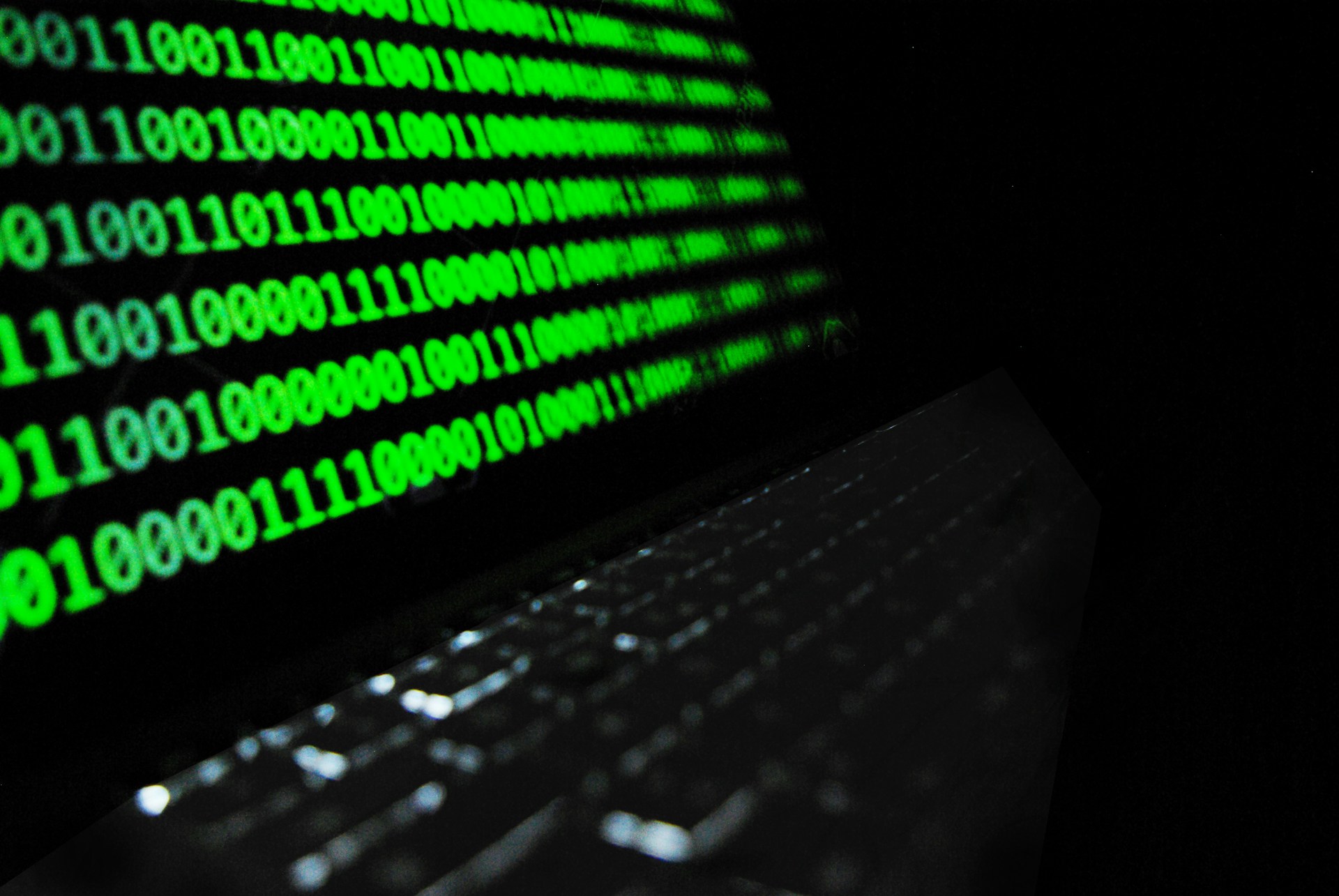You’ve probably seen a flood of news about DDoS attacks targeting servers for an online service. Alternatively, you may personally be on the receiving end of one. Either way, what does DDoS mean in gaming?
What Does DDoS Mean in Gaming?
A distributed denial of service (DDoS) attack occurs when hackers intentionally flood a system with traffic to overload it and cause downtime. It utilizes a botnet — an army of bots on various devices with internet connections — to increase speed and effectiveness.
In gaming, it makes online services unavailable because it constantly overwhelms the network with a massive amount of information. It can either attack servers to disrupt all players’ connections or target you specifically to affect your home internet.
There are even botnets that specifically target the industry. For example, “Dark Frost” recently popped up with the sole purpose of interrupting gaming servers. It consists of 414 devices running various computer architecture types as of February 2023.
What Does a DDoS Attack Look Like?
Usually, a DDoS attack creates high latency and unstable internet connections. These issues typically manifest in long load times, lag and disconnects — although the extent varies depending on the target.
What does DDoS mean in gaming when the servers are the target? Hackers often target large gaming companies to interrupt their service. If the attack is successful, players will have trouble — or be unable to — join online matches. Usually, it makes online-only titles unplayable.
Consider the recent Diablo IV DDoS attack, where gamers sat in the queue for hours while their screens told them they only had seconds left to join. Most started experiencing connection issues at around 5 a.m. on June 25th, only a few short weeks after the game’s official launch.
Many people had to simply wait to play the game they had just paid upwards of $69.99 for. The attack also affected other Activision Blizzard games like Overwatch 2 and World of Warcraft because it targeted the company’s online service in general.
Can a DDoS Attack Target One Person?
What does DDoS mean in gaming when one person is the target? Individual attacks aren’t uncommon, so you can be on the receiving end of a flood of malicious traffic. It affects your home internet connection, making streaming, browsing social media or gaming online nearly impossible.
You’re likely safe because hackers can only target you if they know your IP address. Still, it’s reasonably easy for them to find it if they know what they’re looking for. Plus, a lot of malicious code is open-source, so anyone could launch a DDoS attack even if they don’t have programming knowledge.
How Long Do DDoS Attacks Last?
The length of attack time varies, but it usually lasts multiple hours at minimum. Although they lasted only 30 minutes in 2021, the average downtime has increased to over 50 hours as of 2022. They seriously threaten the gaming industry, especially as more companies switch to online-only games.
Consider the Diablo IV DDoS attack, which took over 10 hours to fix. Many gamers are already hesitant to splurge on new titles — given the poor track record of AAA developers in recent years — so issues like this may significantly affect the entire industry.
What Risks Does a DDoS Attack Have?
On top of affecting your internet connection, a DDoS attack may shield hackers as they infiltrate your devices or steal your personal information. It could also affect you financially, considering online-only games have time-sensitive battle passes, events and cosmetics.
Also, you might be at risk even if you’re not the target of the attack. For instance, the first Diablo IV player to reach level 100 on hardcore mode lost their prized character to a disconnect. After the game suddenly booted them back to the main menu during their stream, they logged back in only to realize their barbarian was permanently gone.
The 82 real-life hours they had poured into the game instantly disappeared because it had continued running after the disconnect. It takes no time for a Wraith or a skeleton bow to deplete a character’s life, so they lost their progress even though the error was temporary. They claim Blizzard’s servers are to blame, even suggesting the possibility of a targeted DDoS attack.
While the average casual gamer likely will be safe from a malicious botnet, virtually anyone can pay to launch a DDoS attack against someone. You could be a target simply for winning an online match against someone who doesn’t like losing.
Will DDoS Attacks Affect the Gaming Industry?
Online-only games are becoming standard because they’re more profitable — companies can sell cosmetic reskins, battle passes and in-game currency for years without having to develop a new title. However, it makes them much more vulnerable to DDoS attacks.
Additionally, they’re happening more frequently. In fact, the number of attacks increased by 26% from 2020 to 2021, with the gaming industry accounting for nearly one-fourth of the total incidents. They’ll likely only become increasingly common with time as hackers publish more open-source malicious code.
The industry will likely only retaliate with increased cybersecurity measures. Still, it’s not out of the question to assume companies will shift away from online-only titles if the trend of DDoS attacks continues — there’s not much incentive for gamers to get a new game when they think it will be down half of the time.
What Can You Do About DDoS Attacks?
You can only wait out a DDoS attack if it affects servers for an online service. However, you can quickly fix connection issues if you think someone is targeting you personally. Simply turn off your internet, unplug your devices, reset your router and wait a while.
Also, you can always return your games if you feel wary about the future of online gaming. For example, you can request a refund from Steam within two weeks of purchase if you’ve only played two hours. They may make an exception in special cases, though, so it’s worth trying.
Find Something Else to Play
For now, the best thing you can do to prepare is to have games on standby when your online title goes down. Even though there likely won’t be consistent downtime, it’s still best to have alternatives since DDoS attacks on the gaming industry are becoming much more common.
Recent Stories
Follow Us On
Get the latest tech stories and news in seconds!
Sign up for our newsletter below to receive updates about technology trends














